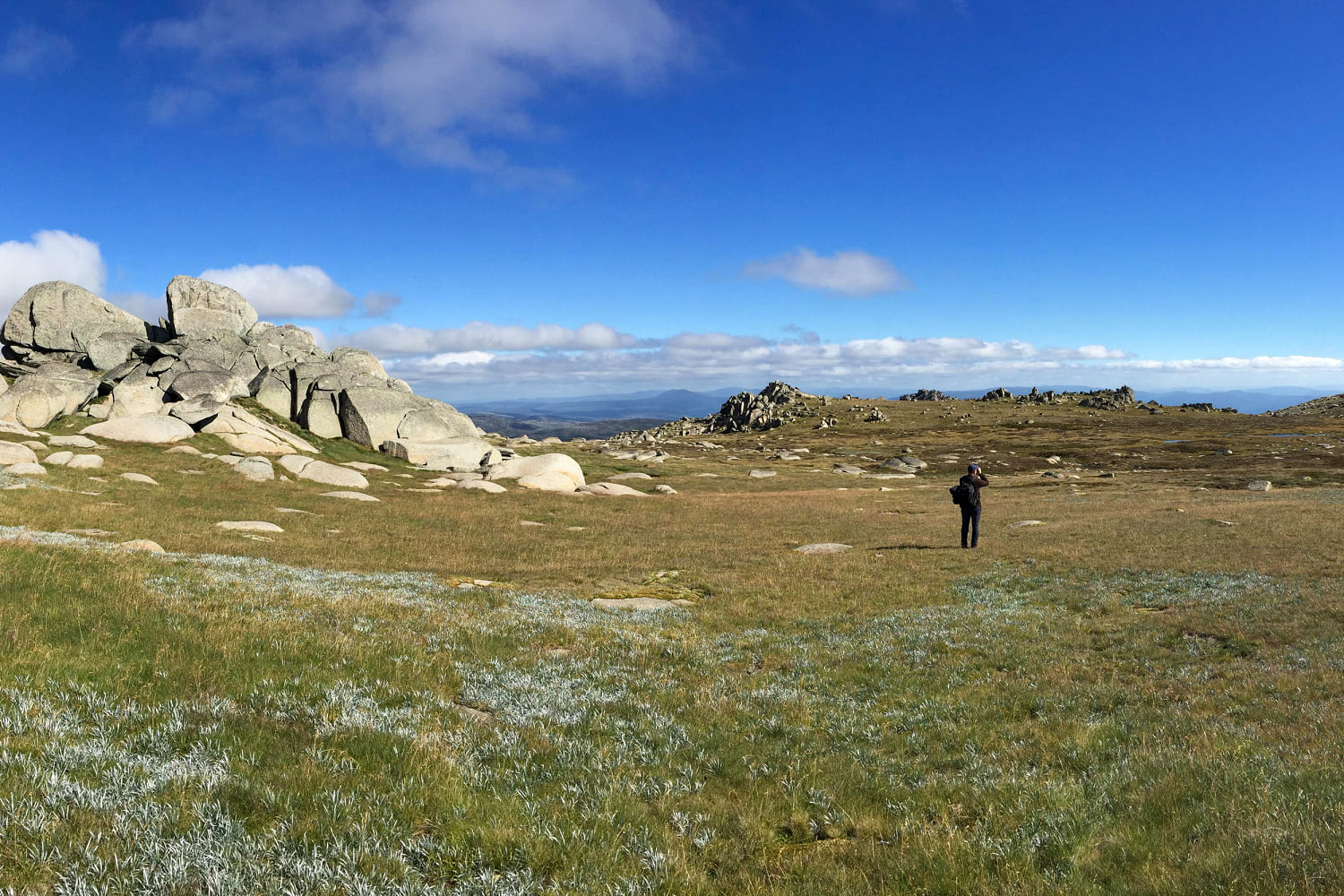Bogong moths appear to use stars to navigate 600-mile journey, a first for insects


“The bogong moth, as far as we know, is the first one that has been described to navigate using the stars,” said Andrea Adden, a postdoctoral researcher who studies at The Francis Crick Institute in London and contributed to the research.
The researchers discovered the moths’ stellar navigation ability by capturing wild bogong moths and then suspending the animals on a thin tungsten rod inside in a small, barrel-shaped “flight simulator.”
With their backs glued to the rod, the animals could flap their wings inside the simulator and turn as if they were flying naturally.
“It can rotate freely,” said David Dreyer, a Lund University researcher who is another author of the study. “It can choose any direction it wants to fly to.”
The researchers created a magnetic vacuum to disable the creatures’ internal magnetic compass and focus on its other senses.
At the top of the flight simulator, researchers projected an image of the night sky, which could be adjusted as they pleased.
During testing, the researchers adjusted the rotation of the sky and found that the moths shifted their flying patterns to compensate and set a new heading. But when the researchers projected a randomized, broken-up sky pattern into the flight simulator, the animals got lost.
“The animals were totally disoriented,” Dreyer said. “That was, for us, like the final proof, more or less, that they actually indeed use the stars for navigation.”
In separate experiments, the researchers cut a tiny window into the moths’ brains, inserted a glass tube inside a neuron and measured electrical impulses as the star projection was displayed. The researchers found that electrical impulses spiked when specific angles of the sky were shown. The animals did not react strongly when the researchers projected a randomized sky pattern.
Warrant said bogong moth eyes have small pupils and they are likely only capable of seeing a handful of the brightest stars in the sky. The researchers suspect the animals might use the Milky Way to navigate.
“They probably see the Milky Way much more distinctly and brightly than we do,” Warrant said.
Warrant said the moths likely use their sense of smell on their final approach to the alpine caves.
“They detect a compound most likely that’s coming out of the cave — an odor compound which acts as a kind of an olfactory beacon that guides them into the cave,” he said, adding that the smell is similar to that of rotting meat.
The moths, which live for about a year, spend a dormant summer in the caves and then return home to where they emerged.
Ken Lohmann, a professor in the biology department at the University of North Carolina who was not involved in the research, said it was convincing work and that the experiments were thoughtful and well controlled.
“One of the things that is really remarkable about it is just the way the moths appear to be able to maintain this heading over a long period of time and over tremendous distances using a relatively small brain,” said Lohmann, who studies animal navigation. “It just highlights the ingenuity of natural selection.”
Bogong moths are endangered and were added to the International Union for Conservation of Nature’s “red list” in 2021. The authors said the new findings could help stem the decline of the species.
“The moth population has been decreasing dramatically in numbers over recent years, especially with the drought and the bushfires that Australia had in 2020,” Adden said. “Knowing that they use vision as one part of the sensory arsenal that they use to guide their navigation may inform protection approaches with respect to light pollution, for example, when the moths get trapped in cities, for example.”





